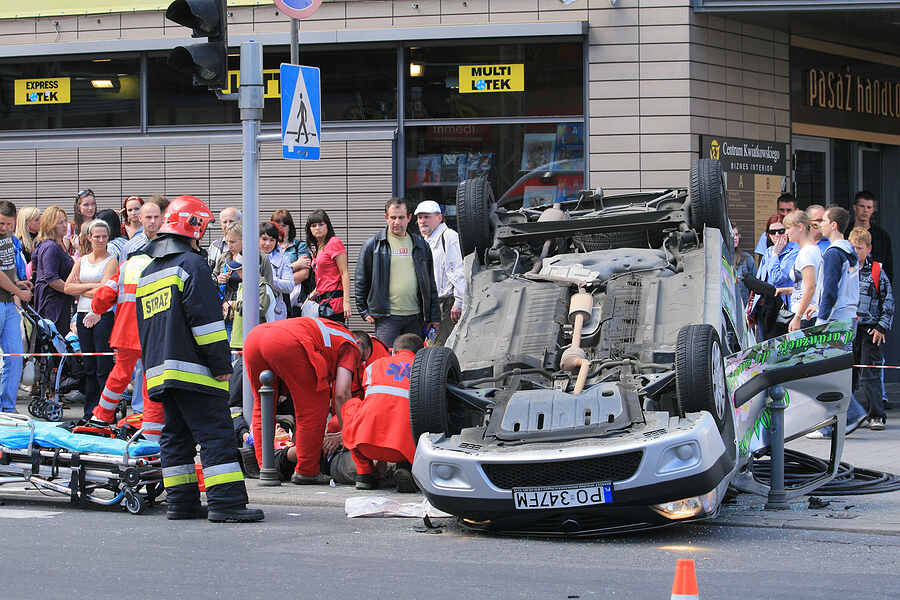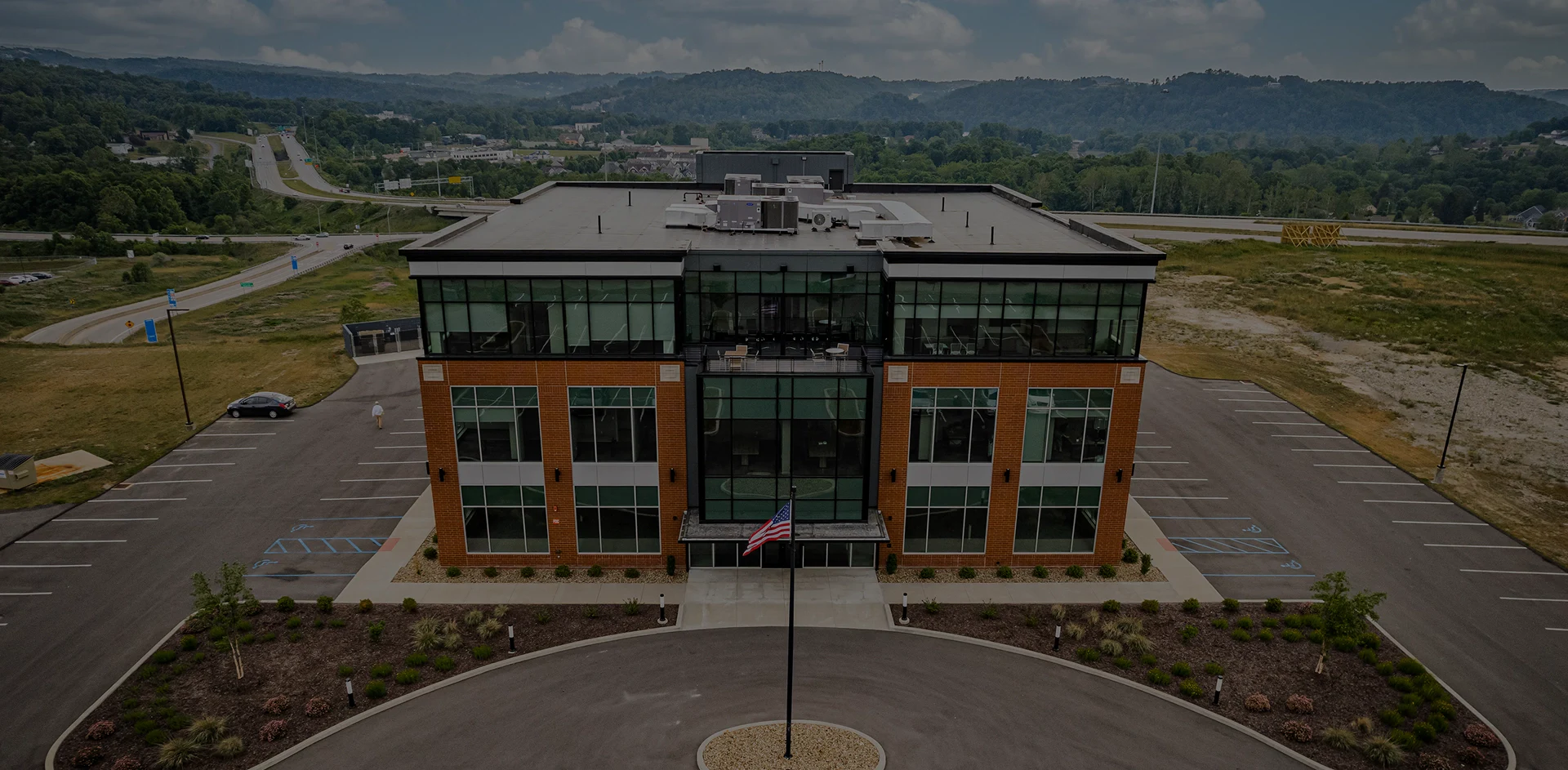Can a Lawyer Help Me After All Types of Car Accidents?

Car accidents happen every day and are rarely as simple as the front of one car crashing into another. When drivers lose control, they cause sideswipes, rear-end collisions, and many other types of car accidents. When a large truck collides with a smaller vehicle, it often generates horrific damage and devastating injuries.
When you report an accident to your insurer, the first thing they want to know is how the accident occurred. They talk to both drivers about impact, speed, damage location, and other factors. They evaluate passengers’ positions to understand how their injuries occurred. Frequently, two or more drivers involved in the same accident provide conflicting stories. It is your job to figure out what happened based on your perspective and report the crash as accurately as you can.
This blog discusses the most common types of car accidents to help you figure out what happened. No matter what type of crash someone caused you, a car accident lawyer near you can help.
Single-Vehicle Crashes
Single-car crashes happen for many reasons. They often occur due to risky driving behaviors such as speeding, DUI, and distracted driving. Mechanical issues, defective tires, improper repairs, unrestrained animals, and other negligent acts also cause single-vehicle crashes.
The National Highway Traffic Safety Association Traffic Safety Facts Annual Report Tables show that 1,817,000 single-car crashes caused:
- Collisions with fixed objects: culverts, shrubbery, trees, bridges, etc.,
- Fatalities: 9,512
- Injuries: 281,000
- Property damage: 657,000
- Collisions with non-fixed objects: pedestrians, animals, trains, bicyclists, etc.,
- Fatalities: 7,747
- Injuries: 214,000
- Property damage only: 648,000
Rollovers
The NHTSA categorizes rollovers as a distinct type of single-vehicle accident category. They occur when a driver loses control of the vehicle and rolls over. Past research determined that vehicles with center-of-gravity design flaws rolled more frequently. Weather is often a factor as well.
The most recent national NHTSA statistics show that 87,000 rollover accidents caused 2,498 fatalities, 51,000 injuries, and 33,000 property damage cases over one year.
Frontal Crashes
Front-end accidents occur when one driver leaves their lane and crashes head-on into an oncoming vehicle. Risky behaviors like speeding, distracted driving, or driving under the influence frequently cause these accidents. The NHTSA’s most recent national data shows that front-end accidents caused 3,613 deaths, 91,000 injuries, and 86,000 cases of property damage in one year alone.
The vehicle’s size and ability to withstand a severe impact can affect how badly people in front-end collisions get injured. The Insurance Institute For Highway Safety tests vehicles for crashworthiness and crash avoidance: its Vehicle Rating page provides vehicle-specific information for front-end crashworthiness and other factors.
Rear-End Accidents
The NHTSA has documented that rear-end collisions occur more frequently than any other type of collision. In most cases, the driver who strikes the other vehicle in the rear is blamed for these accidents.
These types of accidents often occur when one driver fails to maintain a safe following distance from the vehicle in front of them. Rear-end accidents also happen when one driver suddenly slams on the brakes, making a collision unavoidable. A crash is usually inevitable in this situation, even if the rear driver maintains space between the cars.
The NHTSA national statistics show that rear-end accidents caused 2,346 deaths, almost 600,000 injuries, and over 1.5 million property damage cases in a year.
Staged Accidents
Con artists sometimes orchestrate fraudulent injury schemes by staging fake auto accidents with an innocent victim. The National Insurance Crime Bureau calls one of these moves the swoop and squat.
This is a commonly staged accident where two vehicles work together. The squat vehicle pulls in front of the victim in traffic. The swoop vehicle pulls in front of the squat vehicle and stops suddenly. The squat vehicle driver also stops suddenly, and the victim crashes into their rear. The swoop vehicle then leaves the scene unidentified; all of the passengers in the squat vehicle report whiplash and other injuries. The victim gets left on the hook for damages unless an investigation takes place.
Side-Impact Accidents
People use several terms when describing a side-impact crash. The NHTSA’s national crash data lists these accidents as angle crashes. You may also hear people call them T-bone accidents. In one year alone, the NHTSA documented over 1.4 million side-impact accidents, which caused 6,039 deaths, over 500,000 injuries, and almost one million cases of property damage.
Side-crash casualty statistics demonstrate how the point of impact and passenger location contribute to injury severity. When one vehicle crashes into the side of another, the impact occurs close to the passenger. Rear passengers, in particular, have fewer protective barriers than front-seat passengers. The potential for injury increases when a larger vehicle or truck crashes into the side of a much smaller car.
Sideswipes
Sideswipe accidents cause more damage than the name implies. They happen most frequently when one driver attempts to change lanes and the side of their vehicle scrapes another. They also occur when a driver drifts out of their lane.
Damage and injury severity depend on the vehicles involved, the differences in size and mass, and the speed of impact. When a large truck without side underride guards sideswipes a car, it sometimes lodges the car beneath the truck.
In one year, sideswipe accidents caused almost 1,000 deaths, injured over 100,000 people, and damaged over 700,000 pieces of property.
Non-Contact Crashes
Every year, thousands of non-contact crashes occur. These accidents sometimes occur when a vehicle loses control while avoiding a collision with another vehicle. They also happen when a driver loses control due to weather, pavement, or traffic conditions. Since they involve a single vehicle, drivers do not always report these crashes to local authorities.
Multi-vehicle crashes
Multi-vehicle accidents occur most often during adverse weather and heavy traffic. A speeding, aggressive, or reckless driver often loses control, affecting all the drivers and vehicles in the immediate area.
A chain reaction is another type of multiple car accident. Claim investigators usually try to pin down a single driver as the initiator. When an accident involves a chain of rear-end collisions, liability is unclear. When a driver starts a chain of rear-end accidents, insurers often blame other drivers for inappropriate braking or acceleration during a crash.
Discuss Your Accident With a Car Accident Attorney
When another driver seriously injures you, focus on your recovery. Connect with a car accident attorney who can handle the legal case on your behalf. Car accident lawyers deal with the responsible parties, insurers, and their lawyers. An attorney knows how to represent you and take the right steps to collect your compensation after a car accident.
Car accident law firms offer free consultations, which give you a chance to discuss how your accident happened and what compensation you can expect. Contact a lawyer to learn more.
Recent Posts
Medical Documentation Best Practices: Building a Strong Foundation for Your Injury Claim Rideshare Accidents: Navigating Complex Insurance Coverage When Using Uber or Lyft Intersection Accidents in Urban Areas: Special Considerations for Morgantown’s Downtown District Emerging Vehicle Technologies and Liability: From Advanced Driver Assistance to Self-Driving Features Weather-Related Commercial Truck Accidents: Liability and Special Circumstances